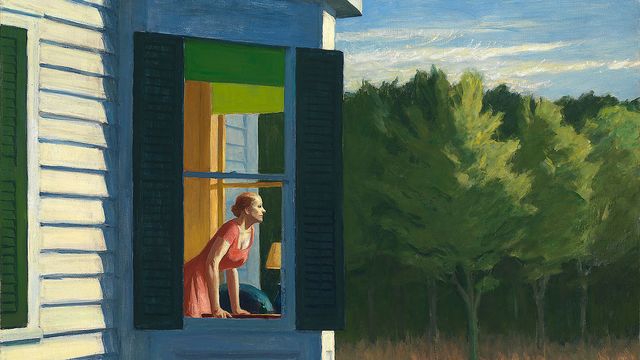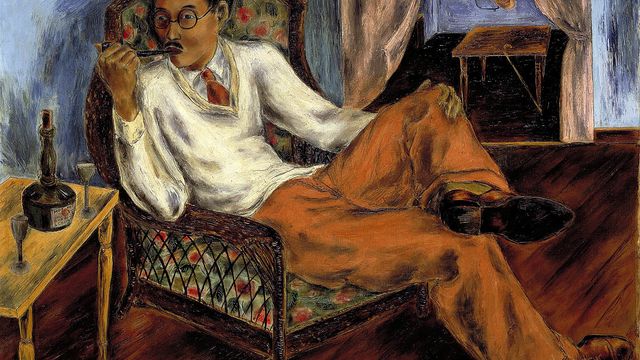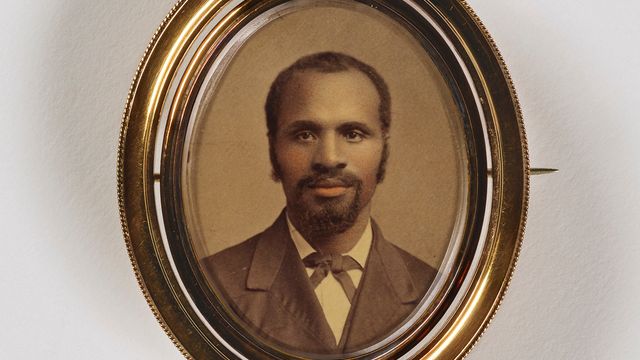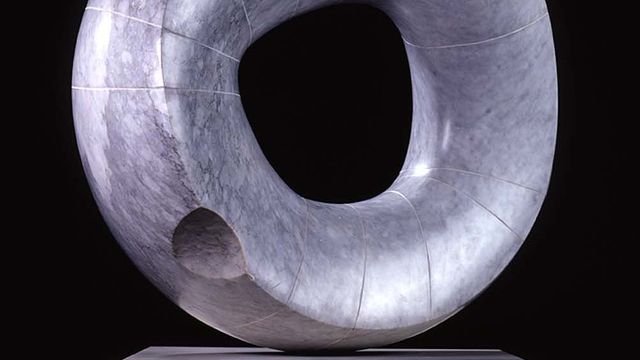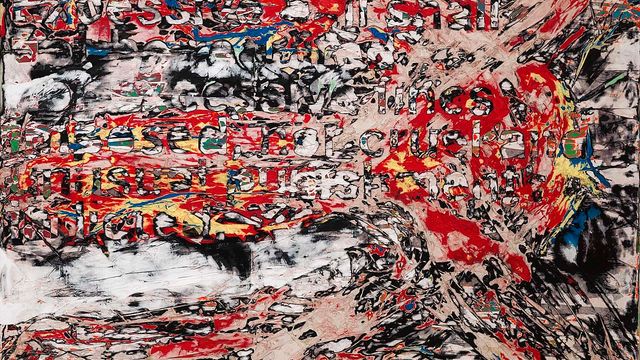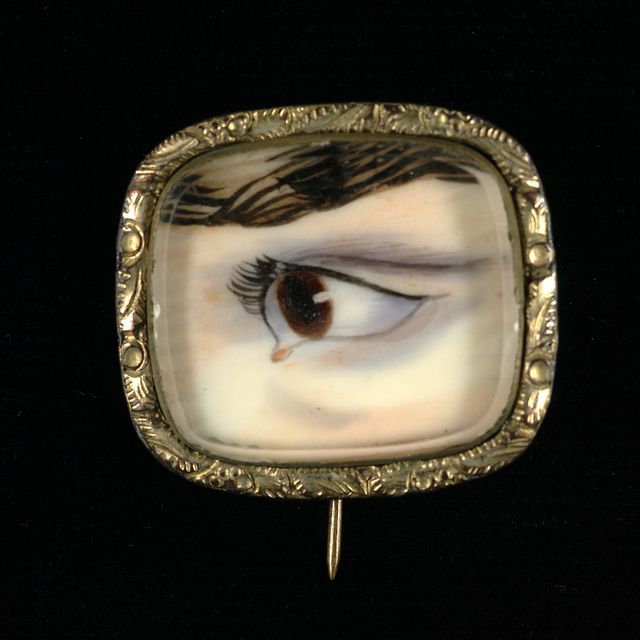Copied
Albert Pinkham Ryder, Jonah, ca. 1885-1895, oil on canvas mounted on fiberboard, 27 1⁄4 x 34 3⁄8 in. (69.2 x 87.3 cm.), Smithsonian American Art Museum, Gift of John Gellatly, 1929.6.98
Free to use
Copied
Artwork Details
- Title
- Jonah
- Artist
- Date
- ca. 1885-1895
- Location
- Dimensions
- 27 1⁄4 x 34 3⁄8 in. (69.2 x 87.3 cm.)
- Credit Line
- Gift of John Gellatly
- Mediums
- Mediums Description
- oil on canvas mounted on fiberboard
- Classifications
- Subjects
- Religion — Old Testament — Jonah
- Animal — whale
- Waterscape — sea
- Waterscape — boat
- Object Number
- 1929.6.98
Artwork Description
Exhibition Label, Smithsonian American Art Museum, 2006




